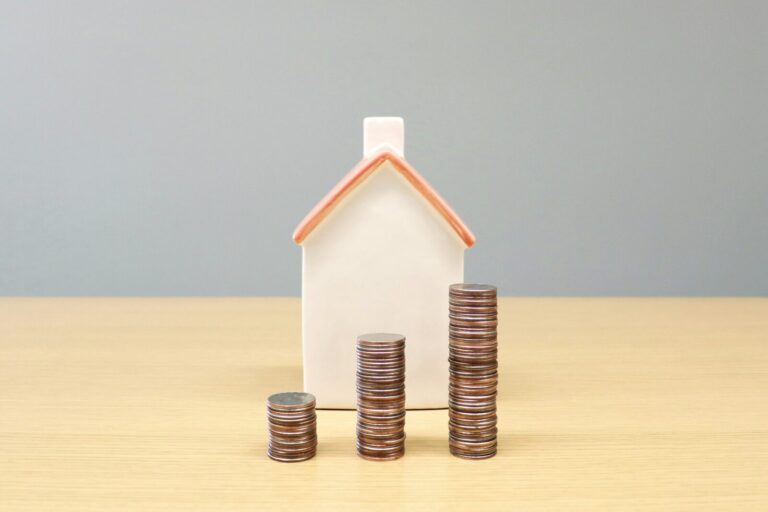“Equity Mate”: Why Borrowing Against Your Home Isn’t Always a Smart Move
Remember that old ad with the guy proudly polishing his boat while his neighbor asks, “How do you afford all this?” His response—“Equity, mate”—has stuck in the Australian psyche for…
